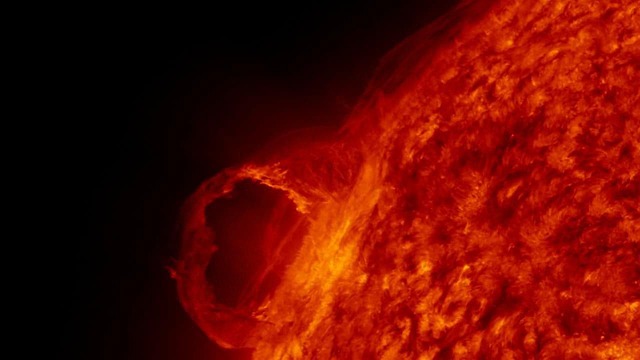At the COP29 summit recently held in Baku, Azerbaijan, ICAO council president Mr. Salvatore Sciacchitano highlighted the 193 ICAO Member States’ commitment to achieving net-zero carbon emissions by 2050, while international aviation continues to play a pivotal role in global connectivity and economic growth. At the same time, as highlighted in the recent Draghi report, it is also imperative that the EU maintains its position as industrial market leader.
The EU funded Clean Aviation program targets aircraft and propulsion technologies with primary focus to regional and short-mid range aircraft. Based on scale-up of its technologies for aircraft with sustainable aviation fuel as energy source, Clean Aviation foresees a reduction of 30% of the CO2 emissions of long-range aircraft, with entry into service (EIS) after 2040. Complementary to Clean Aviation, more radical changes in long range aircraft configurations and propulsion concepts are needed to cut carbon emissions of long-range flights by 50 to 100%. Such radical aircraft concepts are the focus of the EXAELIA project, which aims to accelerate their development to enable entry-into-service by 2045-2050.
Accelerate de-risking disruptive aircraft
Developing radically-changed aircraft concepts comes with high investments and risks. The objective of EXAELIA is to evaluate flying test beds that are needed for de-risking the development of those disruptive future long-range aircraft. Novel flying test beds will thus help to accelerate the reduction of all aviation emissions and its climate and environmental impacts by 2050. EXAELIA will predesign flying test beds for the most critical flight test challenges for the disruptive long-range aircraft, with the additional objective to enable re-use of the flying test beds for additional flight test needs.
Potential emissions reduction
EXAELIA investigates, through advanced multi-disciplinary digital methods, the potential emissions reduction of long-range air traffic offered by promising blended wing body aircraft configurations and by hydrogen-powered tube-and-wing configurations with associated, disruptive propulsion concepts, and including their constituting radical new technologies. Critical uncertainties are identified, in particular those requiring flight validation for de-risking the future aircraft development, such as unknowns related to low-speed flight dynamics and control.
For those flight test requirements that go beyond the capabilities of existing assets, novel flying test beds are developed towards their preliminary design, efficiently combining flight test needs in potentially costly large-scale modular flying test beds. Roadmaps, but also operational and business plans, are prepared for the further development of the EXAELIA flying test beds and the use of these assets in the development of the future long-range aircraft.
The partnership
EXAELIA (an acronym for ‘experimental aircraft for European leadership in aviation’) is a 42 months research and innovation action funded by the European Commission under the Horizon Europe Programme (GA n°101191922) with a total budget of 16 million Euros, involving 23 partners. The consortium coordinated by NLR, consists of the major European aviation research centres, academia and four SMEs. Nine partners are members of the Association of European Research Establishments in Aeronautics (EREA). The consortium has a strong record in future aircraft conceptual design and analysis, flight testing, and flying test bed development. The partners are spread over thirteen European countries, which represent a significant portion of Europe’s aviation industry base.
An Advisory Board, including European aircraft and engine manufacturers and further industries will provide guidance to achieving the objective and to obtaining their support to the roadmaps. Involved parties are Airbus, Safran, Rolls-Royce, MTU, GKN Aerospace, Collins Aerospace, Honeywell Aerospace Technologies, Piaggio Aerospace, KLM Royal Dutch Airline, ITP Aero.
This project receives funding by the European Union. Views and opinions expressed are however those of the author(s) only and do not necessarily reflect those of the European Union. Neither the European Union nor the granting authority can be held responsible for them.





